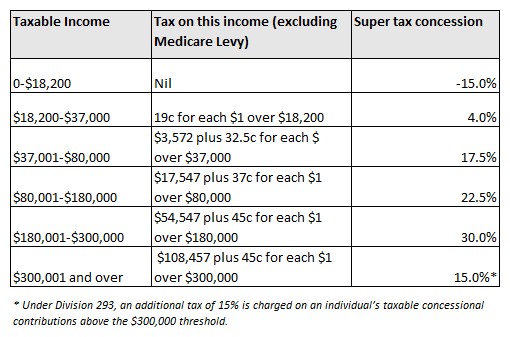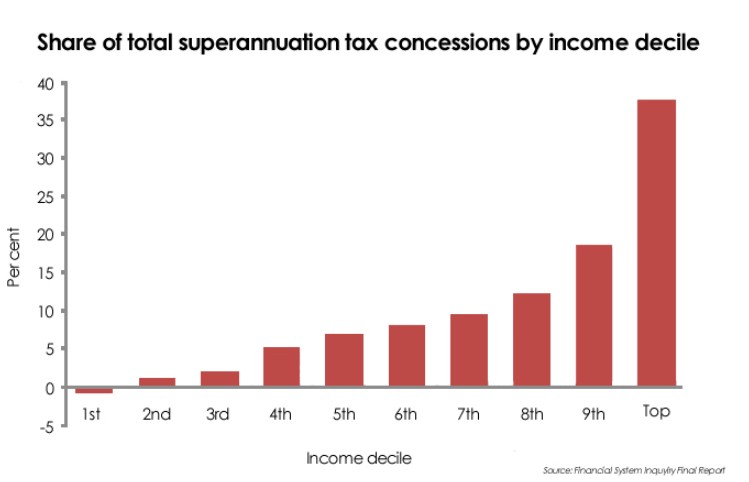The gender gap between men’s and women’s superannuation accumulation has once again reared its head, with Treasurer Scott Morrison and Labor addressing the issue today. From ABC News:
“People over the course of their working life can have their work patterns disrupted,” Mr Morrison said.
“For women in particular, that’s been known for a long time — but it’s not just women, as you know, it’s a lot of carers as well.
“We need to have a superannuation system that I think reflects that, those changes in people’s lives.
“There’s many different pathways to get to where we want to get to, which is independence in retirement and the system at the moment, it can be quite rigid”…
Labor senator Jenny McAllister is on a parliamentary committee investigating the issue and has welcomed Mr Morrison’s comments, but wanted to see a detailed plan addressing the causes of the superannuation gap.
“Some of the ideas that have been put before the committee include paying superannuation on maternity and paternity leave, having a look at the tax arrangements to make sure that people on low incomes are genuinely getting a tax concession when they put money into super,” she said.
“And of course we have a long-term commitment to raising the overall level of superannuation contributions each year”…
Let’s get one thing straight. The inherent bias against women’s super stems primarily from the inequitable way that superannuation concessions are distributed.
Under current arrangements, superannuation concessions are taxed at a flat rate of 15%. Accordingly, those on lower incomes receive minimal concessions, whereas those on higher incomes receive the highest concessions (see below table).

Not surprisingly, then, the lion’s share of superannuation concessions flow to the highest income earners, whereas the lowest income earners are actually disadvantaged by the system:

And since women typically earn less then men – because they tend to work in lower paid professions (e.g. nursing and teaching), work part-time, or take time off from working to raise children – they accumulate much lower superannuation balances.
None of this is rocket science.
The first best solution to this problem is to reform the superannuation system to make concessions both more equitable and sustainable.
As argued by Deloitte today (and literally dozens of time on this site), a good place to start would be to replace the 15% flat tax on contributions/earnings with a flat-rate refundable tax offset (e.g. 15%). This way, everyone that contributes to superannuation would receive the same concession, the system would be made progressive, and lower income earners – be they male or female – would get a better deal.
One thing we do not want to see is band-aid solutions like raising the superannuation guarantee (compulsory super) from its current level without first reforming the way that contributions/earnings are taxed. All this would do is heighten inequities already present in the system. It would also rob lower paid workers (and women in particular) of much-needed disposable income and worsen the long-term sustainability of the Budget.
About the only winners from such a policy would be the superannuation industry, which would get to ‘clip the ticket’ on more funds under management and earn fatter profits.

